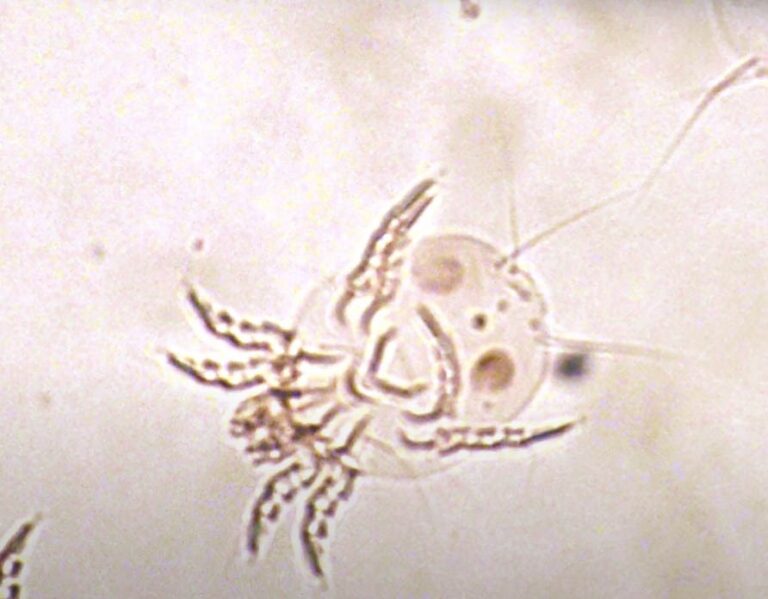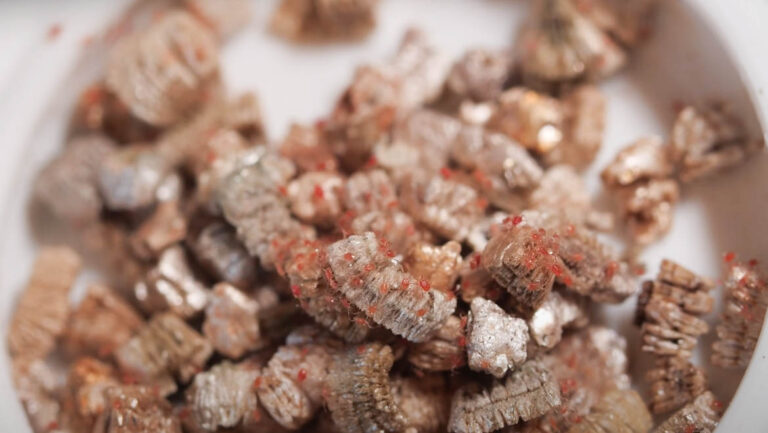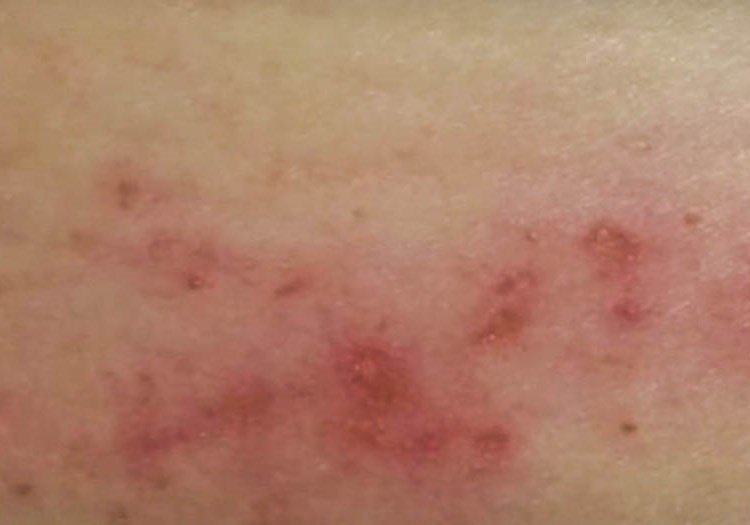What Diseases Do Mites Spread?
What diseases do mites spread?
Mites are small pests, and many species are under a millimeter in size. That’s so small that they’re practically invisible to the naked eye.
Mites are also abundant. They can be found out in nature, living on your pets, in dust, or on your carpet!
Their size and abundance combined make them great at spreading disease. But what kind of diseases can you expect from mites?
Scabies
Scabies is one of the most common mite-related diseases out there. It’s really prevalent because of how contagious it is. In fact, everyone in your household should be treated even if only one person shows symptoms. Thankfully, scabies isn’t a particularly dangerous disease. It won’t kill you, but it will make you very uncomfortable. You experience a lot of itching around your body, especially at night. That’s not all. Scabies can result in lots of bumps and blisters popping on your body. These can be in a lot of different places. The most common spots, however, are around your waist, on your knees, on the soles of your feet, and in your armpits.

Once you have symptoms, it’s a good idea to contact a doctor to see what you can do. Scabies is easily treatable, but you’ll have to live with the itching for a few days or weeks.
Rickettsialpox
Rickettsialpox is another disease that’s spread by mites. This disease is actually caused by bacteria that live in mice. Yet transmission to humans only happens when an infected mite bites a person.
This disease isn’t deadly, but it can cause a lot of discomfort. You’ll also have to stay in bed, especially if you want to get better as soon as possible.
The first thing you’ll notice is a small sore spot on your skin. This will usually be covered by a black scab that’ll eventually leave you with a scar. After a while, you’ll start noticing more serious symptoms. You’re likely to get a fever, chills, and to start sweating a lot. Your eyes might start to hurt or become uncomfortable, and you’ll even get a headache.
The disease is easily treatable with antibiotics, and you should see a doctor if you’re experiencing severe symptoms. That said, most cases of the disease will resolve themselves in a few weeks.
Scrub Typhus
Scrub typhus is caused by chiggers, which are a species of mites. This disease is similar to Rickettsialpox in its symptoms, but it’s far more dangerous.
After being bitten, you’ll begin to notice a sore spot and a scab near where you were bitten. You’ll then start getting a fever and some chills. Things will start getting worse after that. Your body could ache, you’ll start developing rashes, and you’ll start feeling confused.
Severe cases of scrub typhus result in comas, organ failure, and even bleeding. That’s why it’s crucial for you to see a doctor if you notice these symptoms.

Thankfully, you won’t have to worry too much about this disease if you live in the US. Most cases of scrub typhus happen in rural parts of East Asian countries, like Indonesia, India, and China. Yet some parts of Japan and Australia also see this disease.
Allergic Reactions
Some common mites, like the house dust mite, can cause allergic reactions in people. These can range from mild to deadly. Here are some of the most common.
Asthma
Being near mites can trigger asthma, and this can be quite deadly. Asthma is a condition in which a person’s airways swell and this constricts the amount of air entering the lungs. Asthma can also produce mucus which makes it harder to breathe and can lead to some coughing or a life-threatening reaction.
Eczema
Eczema is a pretty common problem, with over thirty million Americans dealing with it. Thankfully it’s mild, and it rarely poses a threat to people’s lives. People with eczema might have dry skin and a lot of itching. It’s also common to have sores on your body and a lot of rashes.
Hay Fever
Hay fever is another common allergic reaction. It can be caused by the presence of mites, pollen, cats, dogs, and even other animals. People with hay fever will have a harder time going about their daily tasks. That’s because they’ll have to deal with sneezing, a runny nose, coughing, itching, and fatigue.




